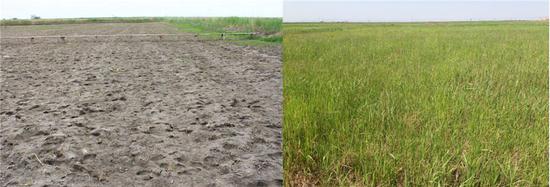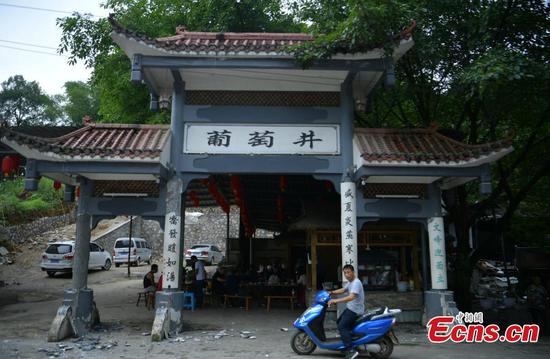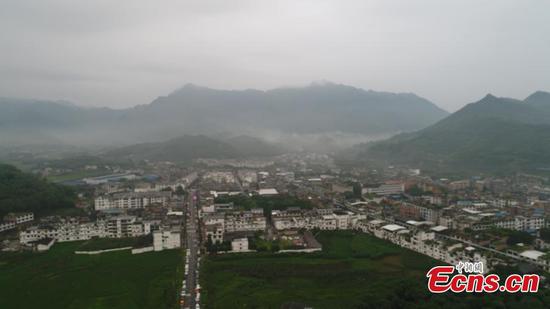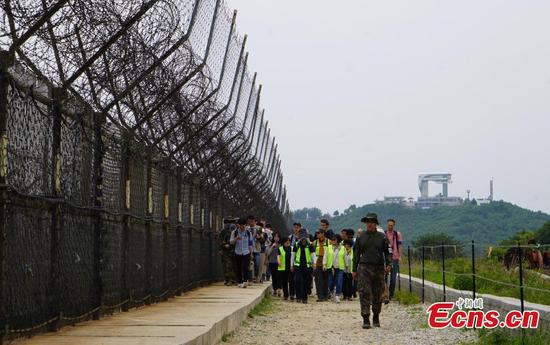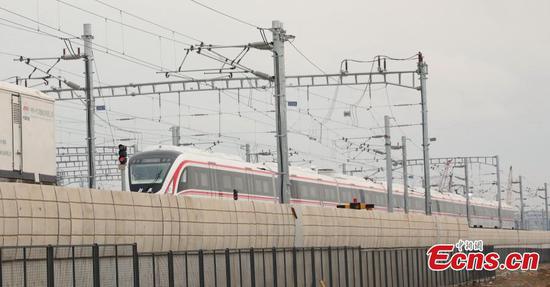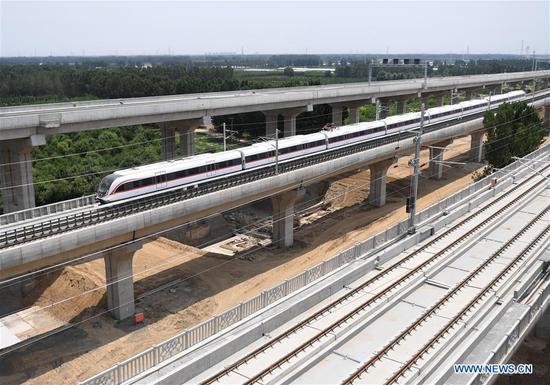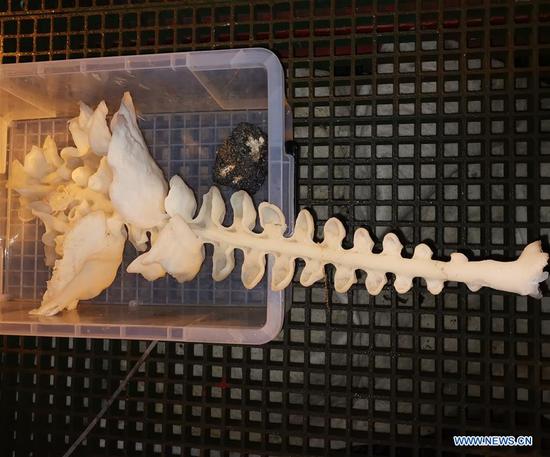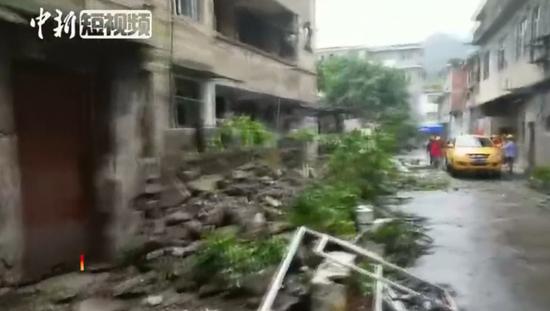A 6.0-magnitude earthquake hit Changning County in southwest China's Sichuan Province at 10:55 p.m. Monday.
Moments later, many residents in the provincial capital Chengdu, more than 200 km away from the epicenter, heard a countdown from the public broadcasting system delivered by an automated female voice.
About a minute later, a siren blared at the same time seismic waves hit Chengdu.
"I was about to sleep when I heard the countdown and then the siren," said a woman surnamed Xie who lived on the seventh floor of an apartment building in Chengdu. She felt the tremors as the quake hit and rushed downstairs as a safety measure.
Early warnings were also publicized in the city through a variety of channels, including local television stations, mobile apps and the Internet.
As of Tuesday afternoon, 12 people died and another 135 were injured after the quake hit, according to the provincial emergency management department.
Rescuers said nine people died in Changning and three in the neighboring Gongxian County. Most of the deaths were caused by damaged houses.
On Monday night, residents in the city of Yibin, where Changning is located, received alarms 10 seconds before the quake hit.
The early warning system was jointly built by the Institute of Care-Life, an organization that studies earthquakes in Chengdu, and local emergency management authorities.
"The system was not designed to predict earthquakes," said Wang Tun, director of Care-Life. "It uses the theory that radio waves travel faster than seismic waves and provides automatic warnings seconds before quake waves arrive."
Earthquake research has found that being aware of an earthquake three seconds beforehand can save 14 percent of casualties, 10 seconds can save 39 percent of casualties and 20 seconds can save 63 percent of casualties.
The information can also be provided to authorities in charge of pivotal infrastructural projects such as high-speed railway and chemical plants, so they can take emergency measures to avert further economic loss or secondary damages.
The early warning system has covered an area of 2.2 million square km, providing services to about 90 percent of the population in China's quake-prone regions, according to Wang.
The system has provided early warnings in 52 destructive earthquakes in recent years, said Wang.









